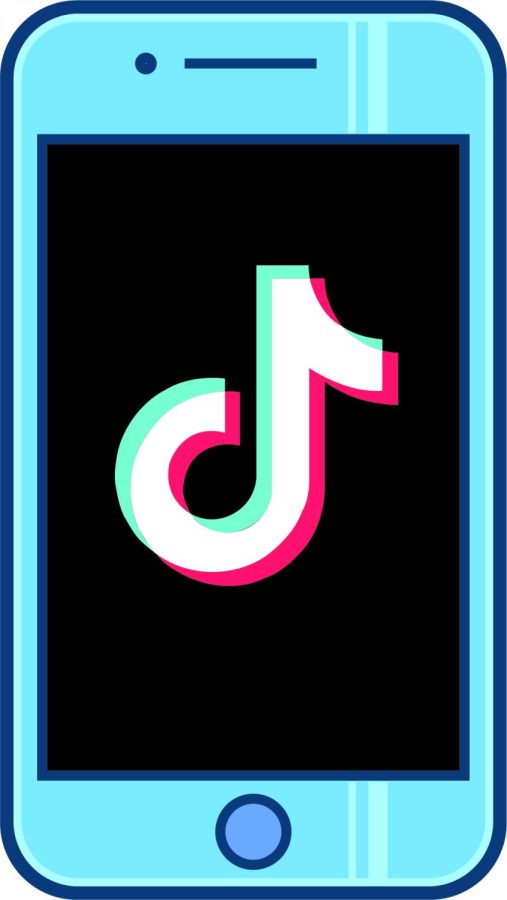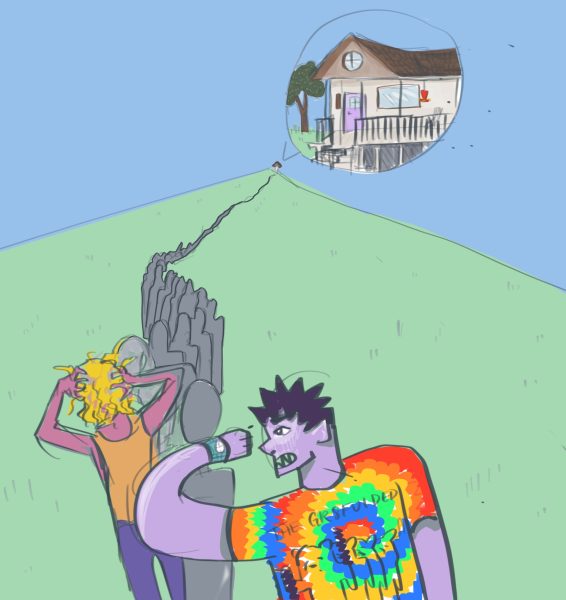Time’s up, Instagram — TikTok is here to stay
With roughly one billion monthly active users, TikTok is everywhere nowadays. It could be a total stranger dancing to songs, someone talking about their day or an expert sharing life hacks, and most of all, it’s short and fun.
Being a social media influencer was burgeoning into a legitimate career path, and popular users like the Kardashians were spewing luxury porn content — 12-car garages, closets filled wall-to-wall with designer handbags — onto the platform in excess. It seems, though, that Instagram’s honeymoon phase has come to an end.
While most of us (myself included) still use the app, perhaps more than we’d like to admit, the overarching sentiment has shifted from one of blind love to one of doubt and cynicism. We know the algorithm promotes content that is heavily produced and manufactured. We know the app favors fake stuff. On top of that, growing anti-capitalist attitudes have led to criticism of the highly-publicized lives of the rich and famous. House tours featuring Kim Kardashian West’s walk-in fridge and Kylie Jenner’s multi-million dollar budgets for her toddler’s birthday party just aren’t hitting the right spots anymore. Ha, shocker.
In the face of Instagram’s soft power decline, one Chinese-owned app has taken over as social media’s favorite child: TikTok. According to Influencer Marketing Hub, TikTok currently has more than a billion users and was downloaded more than Instagram last year, and it’s only growing in popularity. In 2019, it was the third most downloaded app behind WhatsApp and Messenger and ahead of Instagram and Facebook — making it the only app in the top five that is not owned by Facebook.
There’s been a lot of talk about TikTok’s algorithm and how it curates users’ “For You” page. The thing is, no one outside of TikTok knows how the algorithm works; the company keeps its engagement metrics under wraps. That being said, I’m less interested in the underlying mechanism than I am in the content that comes out of it.
Somehow, unlike Instagram, platforms such as TikTok (along with Twitter and YouTube to a certain extent) manage to put content in the hands of the average person, not the Jenners of the world, but normal college students like us. The app is an emerging pocket of the internet, one that often spurs higher-quality, more honest and raw content.
The videos that go viral and gain traction are low-production, low-budget yet highly relatable. They are filmed in college dorms, in passenger seats, in parking lots and backyards. They make light of common frustrations, bits and pieces of everyday life most people feel a personal connection to, rather than dangle unattainable wealth or unrealistic body standards before our eyes.
The way I see it, the internet is becoming more multifaceted and diversified every day, such that there seems to be two big streams you can fall into on social media. One side is all about content that is designed to be by creators and advertisers and constitutes much of Instagram’s popular output. The other side — where TikTok lies — sees the proliferation of content that is largely a byproduct of normal life. This brand of content exudes the texture of authenticity and caters to internet-goers who seek genuine relatability and community.
In short, TikTok’s mysterious algorithm is getting at something big. It is particularly more elusive than other social media platforms, and I would argue that is because it is an algorithm that promotes authentic content. Naturally, this makes it unpredictable, difficult to master and far less conducive to the culture of social media we’re accustomed to.
TikTok poses a growing threat to Instagram, especially given its popularity among the younger Generation Z, a demographic the company is eager to recapture.
Perhaps I’m being too optimistic too soon, but on social media, even a brief triumph of authenticity is worth noting. TikTok’s unprecedented success and continued growth is a pleasant surprise.

I am a native of Hanoi, Vietnam, and spent part of my childhood in Bangladesh and Cambodia. I am a senior majoring in Piano Performance and Communication,...










